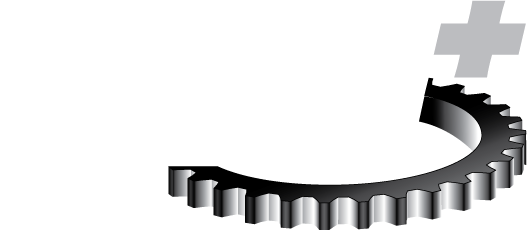
Introduction to Gears
This course provides gear novices with a general understanding of gear nomenclature, geometry, and arrangements. Starting with the basic definition of gears, conjugate motion and the “Laws of Gearing”, learners gain a solid understanding of gearing and the fundamentals of rotary motion transfer through gear-trains. Gear classifications, tooth forms and geometry, and very high-level application considerations, manufacturing processes, and inspection techniques are covered.
Learning Objectives
By completing this course, you will be able to identify, recognize or articulate:
- The “Law of Gearing”, conjugate action and involute profiles
- Various gear types and configurations
- Various definitions and terms used in gearing
- The function and operation of all gear arrangements
- Basic design considerations, nomenclature and inter-relationship of gear forms and motions
- Various manufacturing processes and inspection techniques commonly used in industry today
Who Should Attend
The intended audience for this course is individuals with little or no previous experience in gear systems. Engineers new to the field of gearing, sales and marketing people responsible for interacting with gear engineers, component suppliers, and vehicle platform powertrain development specialists who have not been previously involved in gear system specification or design will benefit from this course.
Prerequisites
Learners should have an undergraduate engineering degree or related technical background.
Topics
- Principles and purpose of gears
- Basic concepts
- Law of gearing
- Common tooth forms
- Classification of gears
- Definitions and terms used in gearing
- Gear tooth action
- Conjugacy
- Gear geometry and nomenclature—Tooth and blank nomenclature
- Gear arrangements
- Simple gear train
- Compound gear train
- Ratios: What they mean and how to calculate
- Epicyclic
- Configurations (solar, planetary, star)
- Ratios
- Gear measurement and inspection
- Charts – involute, lead, and red liner
- Dimension sheet
